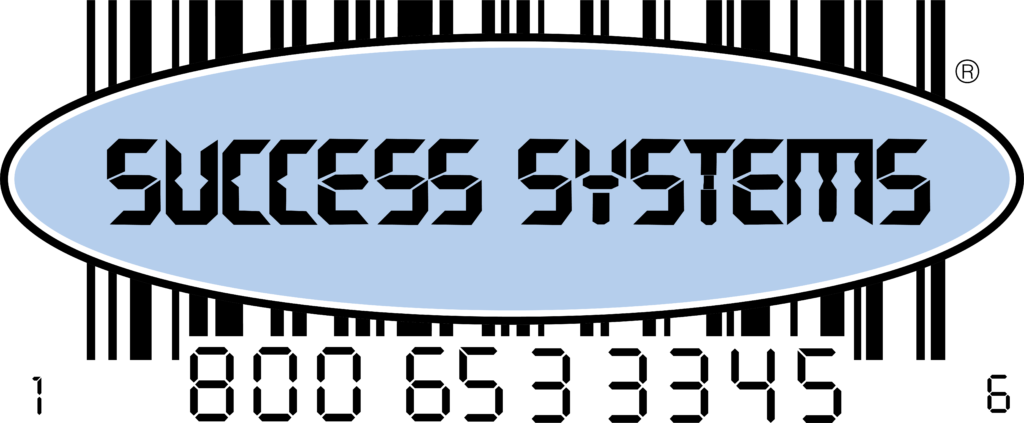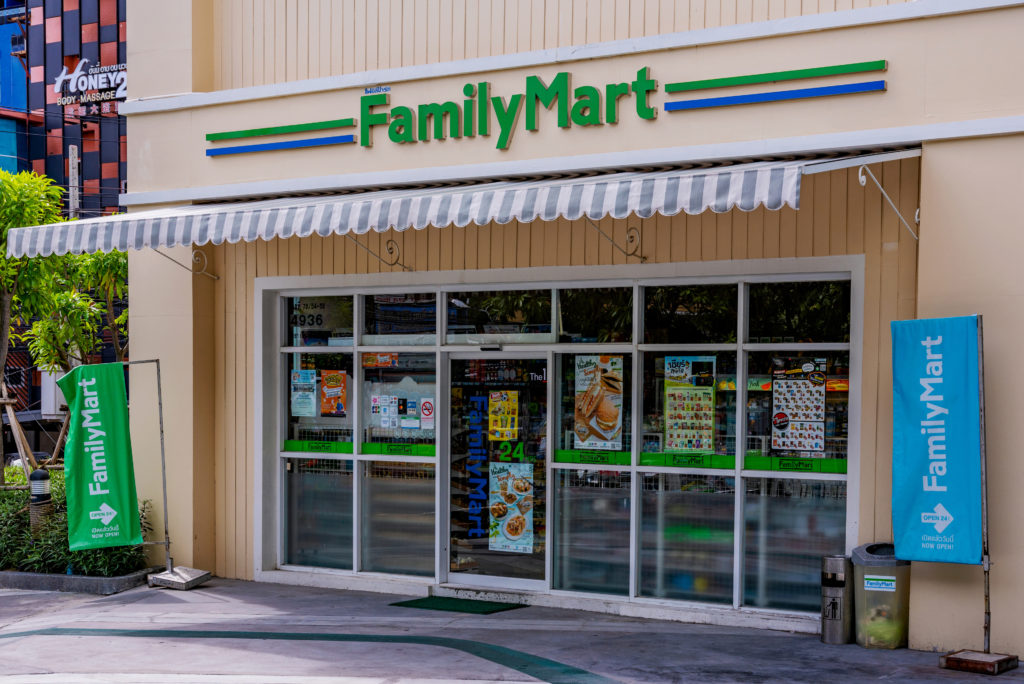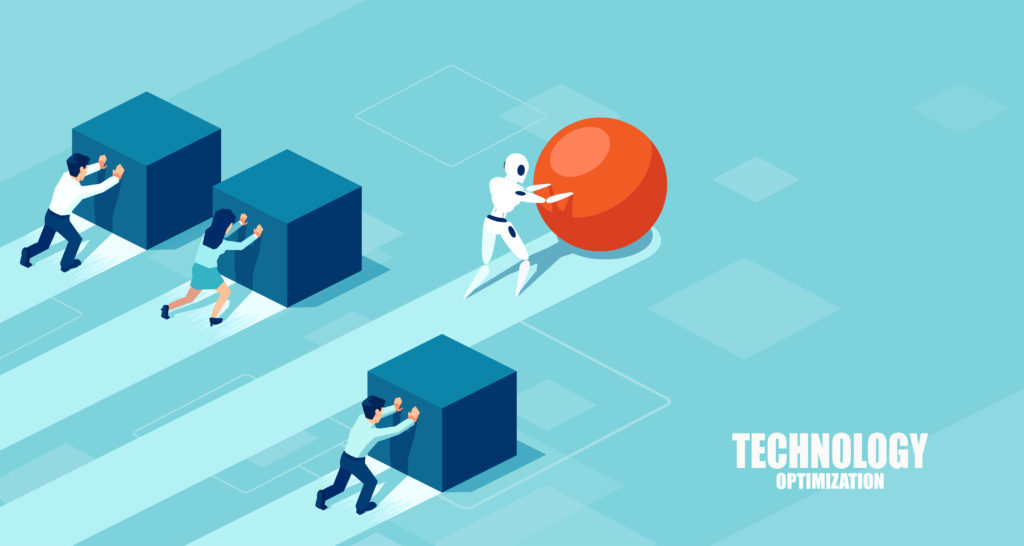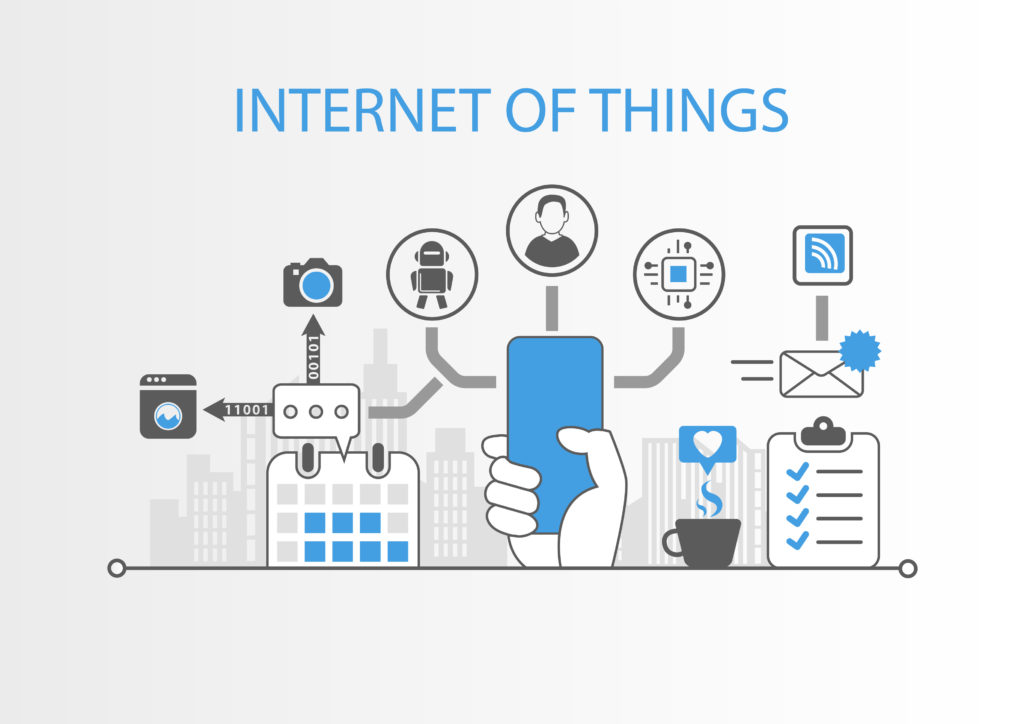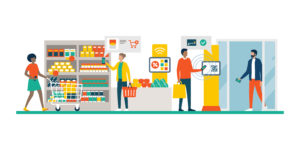In the past, retailers ran their businesses according to instinct and past experience. There were tried and true methods that all retailers swore by and for years it was how business was done. With the rise of big data and retail analytics. Retailers are starting to see the value in being inspired by and influenced by data captured across their internal systems.
Convenience stores have especially started to leverage analytics in order to get an edge in a highly competitive market niche, where more than 153,000 stores vie for market share across the United States. In this article, we’re going to talk about the systems that convenience stores and gas stations have put into place in order to capture data and generate the analytics necessary for improving their operation and driving profitability.
Extending A Store-Wide Approach to Capturing Data Analytics Beyond Your Four Walls
In order to truly capture retail business analytics on a large scale, you have to think of your brand as a giant sieve where every action taken by your customers is captured and fed into your CRM database. Strong adoption of a customer loyalty program will allow you to parse data even more effectively. As well as capture their shopping habits outside of your store, as well as engage them in order to draw them in for further engagement. Once in the store, purchases through the point of sale system will feed into your other store-level management systems and start to generate a larger and more intertwined picture of your consumers’ behaviors.
Where Retail Analytics Can Make the Biggest Impact on Efficiency
Now that you are capturing all of the data you can across multiple channels and consolidating it into a single system, it’s time to talk about how that data can translate into increased efficiencies across multiple management channels and how those increase efficiencies will become increased profits towards your bottom line.
Efficient Labor Scheduling and Personnel Management
As a controllable cost, labor is perhaps the biggest opportunity. Retail operations can leverage data and analytics in order to reduce costs and increase efficiency. For retailers, it’s crucial that you have personnel in place during peak times. When it’s most important to keep the flow of foot traffic moving through the line. Throughout the remainder of the day, however, you must know when it’s necessary to minimize staffing levels. This is done to achieve profitable staffing levels.
Without a data-driven analytics approach, you’ll be scheduling blind and putting people where you think you need them. This means you’ll be burning labor dollars and gouging your bottom-line profitability throughout the day. Using analytics gathered through your POS system to track customer traffic patterns and business trends. Using strong scheduling software will provide you with an informed schedule. You’ll be putting your employees where they are needed the most. Thus, minimizing staffing as necessary during downtime throughout the day. These systems can also be used to inform hiring practices. As you can analyze employee availabilities and determine day-parts where you have staffing shortages. You can then hire to fill or talk to existing employees about shifting availabilities to cover.
Data-driven customer relationship management (CRM) platforms can also be crucial sources of information. They can reveal which staff might need additional training. You can begin analyzing transaction times, average sales, and even reviewing customer feedback. All these can give you a solid feel for which of your employees understand customer service. As well as which need help improving their performance and increasing their efficiency behind the register.
Vendor Integration, Retail Analytics, Inventory Management, And a Collaborative Approach to Supply Chain Management
One of the most time-consuming management tasks is the end-to-end management of inventory. From maintaining and stocking shelves to taking inventory. As well as placing orders to managing product rotation and back stock. Add to that the challenge and time sink of performing weekly business reconciliation. Doing so on a system not built with integration of vendor management and supply line management. Before the week’s even started you’ll be behind on your work.
No integration means that you’re manually entering invoices. Updating product prices by hand and using sales data to determine par levels for order guides. You will be manually having to set aside time to place orders and manage the whole of your inventory system. No integration means you’re at the mercy of your vendor as to when your delivery arrives. Without data-driven orders in place, you’re probably receiving a mountain of products you thought you might need when you placed the order. But you may end up not actually having room for and spend your afternoon organizing the stockroom around the accidental overstock.
But what if you didn’t have to do any of those things? Integrating your supply chain management activities into your POS data management systems allows for real-time SKU tracking. You can view SKUs at the point of purchase and automated ordering in order to keep up with demand. Automatically handling invoicing, behind the scenes. Data on business traffic flow informs your vendors of the most efficient delivery windows for your business. Your supply chain process will have these and all inventory-related activities folded into it Doing this will make your product fulfillment as nimble and agile as necessary. This can increase efficiencies and putting more of your time towards revenue-generating activities.
Loss Prevention
Without big data and retail analytics you may be flying blind. You might not be able to tell during a weekly reconciliation review process that you have inventory issues. It might even look like theft if it’s significant enough. Loss and shrinkage due to theft and carelessness isn’t always something that immediately sticks out. And though, it can be especially difficult to tie back to the behavior of any single employee.
With a data-driven POS system that tracks product movement through the POS down to the minute of the day. You can fold in product and SKU audits to figure out exactly when and where you’re losing products to theft or carelessness. Loss prevention and minimizing shrinkage through analytical methods is a powerful tool for adding income back to your bottom line.
Loyalty Applications and Real-Time Customer Engagement For Strategic Planning
You can begin engaging customers on smart devices. Where they are spending an increasing amount of time. loyalty programs are fast becoming essential analytics platforms for retailers. Customer-focused challenges become the primary use.
Loyalty programs are designed to reduce customer churn, as studies show that retaining existing customers is 7 times less expensive than trying to attract a new customer through traditional marketing channels. The data gathered through loyalty applications also helps to identify the types of customers. You can narrow down which customers will be profitable over time. Using this you can segment these customer clusters into groups. The retailer can then strengthen their bond with the customers once grouped using tailored engagement methods. Doing so in unique ways will ensure future engagement and profitability.
In a general sense, this desire to decrease churn means that retailers are using loyalty programs to remain focused. More so on the customer relationship rather than chasing new leads. As they are starting to realize that strong, ongoing customer relationships generate more revenue over time. It also helps to minimize uncertainty in sales volume. A customer base of a thousand customers whose patterns you’ve identified via your POS system and your loyalty program. Will do more to stabilize your business and provide long-term profitability than will a thousand customers you might entice to your store with a coupon and a TV spot.
Overcoming Obstacles to Big Data Analysis and the Future of IoT
Many companies understand that they need to integrate data into their operations and that adopting a POS designed to act as an integrated data platform along with a strong loyalty program are the first steps towards becoming a data-driven organization. Overcoming these challenges is very important. Organizations struggling to step into the realm of big data must take these challenges seriously.
First, knowing that analytics is important isn’t enough. Companies will try to fold analytics into their POS platform and back of house software and must understand what that data should be used for. As well as knowing how to leverage it to solve the primary business challenges.
Secondly, capturing data is only half the battle. Retail and other businesses continue to become reliant on data as a business driver. The need for experienced and knowledgeable experts capable of analyzing data at an enterprise level will become paramount.
Finally, while the idea of creating and maintaining a robust loyalty program and integrating it to your organization’s POS system might sound like a fantastic idea. It does require accepting the added risk and liability of maintaining data security and integrity. Something that is increasingly challenging with the rise of cybercrime.
At this stage in order to future-proof any current technology investments. One should be considering laying the groundwork for the future of the Internet of Things. IoT will become a driving force in retail as retailers embrace in-store beacons. These extend your reach beyond your four walls with your loyalty apps.
Find a Retail Analytics Partner You Can Trust
As a supplier of software platforms designed to maximize data analytics functionality, Success Systems understands our convenience store, gas station, and retail operation clients’ desire for an integrated platform that is easy, intuitive, and robust enough to support our proprietary loyalty program software. If you’re looking to expand your own analytics capabilities, or want to explore how our software solutions work together to give your retail operation an edge over the competition, drop us a line to see how our solutions can help you.
You Might Also Like
Unlocking Efficiency and Profitability: ItScans-AI for Independent Retailers Powerful Tool Converts Paper Invoices to EDI – in 30 Seconds or Less Discover the power of ItScans-AI, the cutting-edge solution offered…
LotteryTrak® When only 5% of revenue is the retailer’s, control becomes the key to preventing losses in your Lottery Category. LotteryTrak is the most comprehensive, labor-saving, Real-Time based inventory solution…
Success Systems Announces Diamond-Level Sponsorship at 2023 Conexxus Annual Conference Norwalk, CT – Success Systems, the leading provider of retail automation solutions for independent retailers, is excited to announce…
Better managing inventory levels in your convenience store is something that will immediately impact the profitability of your business. Gone are the days of reconciliation in Microsoft excel and the…
Big data has become a driving force across every industry segment operating in the modern economy. Anyone managing an operation in the highly competitive convenience store and gas station retail…
